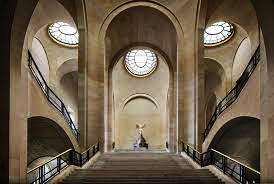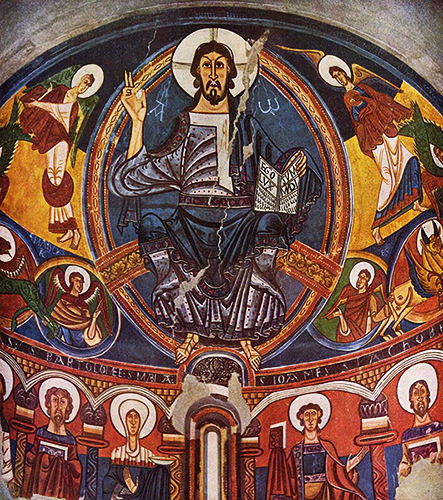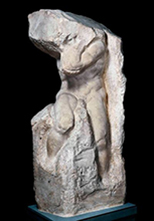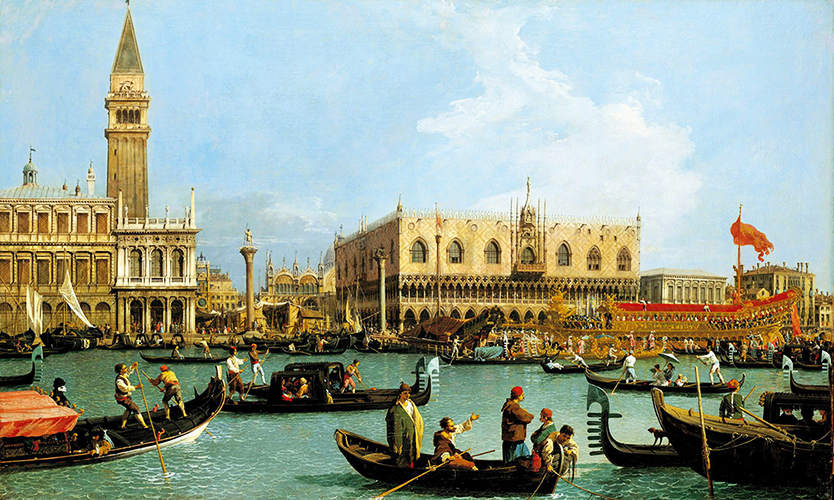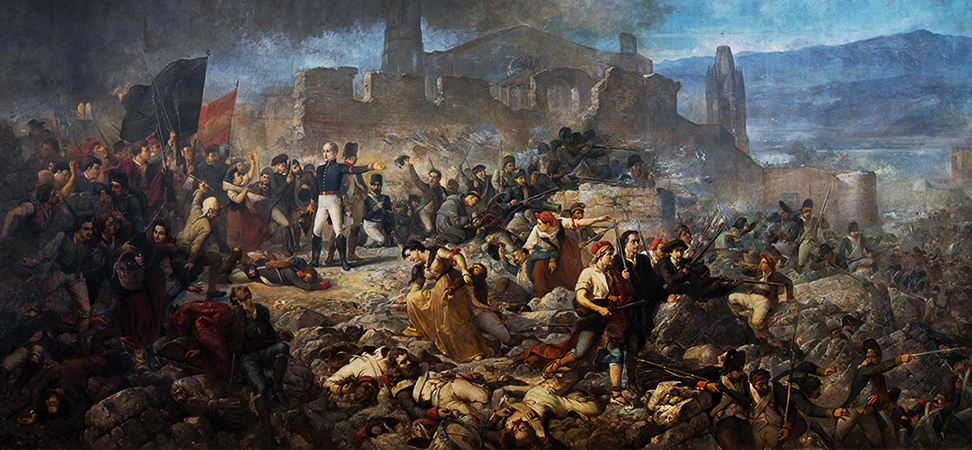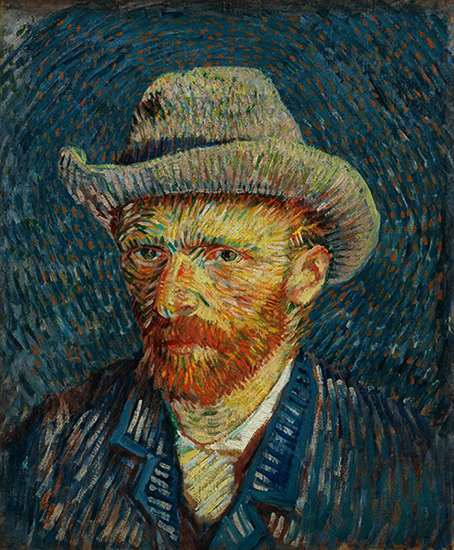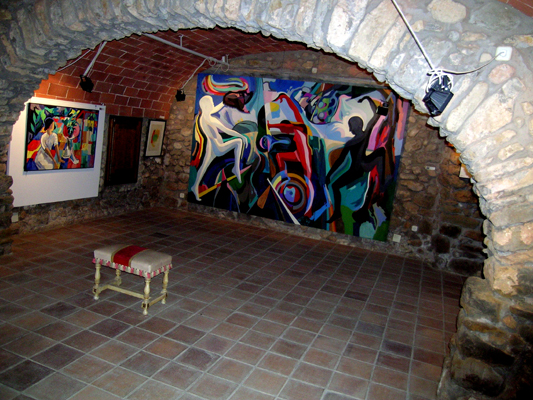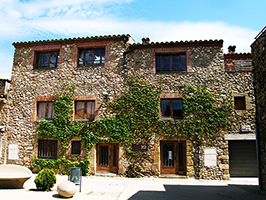Presentation.
With these new reflections, I allow myself to choose seven (sacred number) masterpieces of the universal history of art and, accepting the relativity of my reasoning, comment on them.
Art is an exciting activity, and I would like, with my analyzes and comments, in addition to making you discover aspects of the discussed works, to entrust you with my boundless passion for art.
Art, throughout history, has had a certain purpose; social, religious, etc., etc. always, but it has been the manifestation of sensitive states. This is why we cannot extrapolate works, creators, concepts or others from some historical moments to others.
![]()
In order to better enjoy the art and in this case, the works that I present to you, allow me to advise you that, once you have read the text that I have accompanied each work, to, while looking at the work, reflect, not only about what I have written, but try to discover other values ??of the work by your personal reading. Each viewer makes their own reading of each work. Practicing the reading of art allows the viewer's interpretive abilities to be developed. To better enjoy art, you must try to discover the essence and characteristics of the works.
